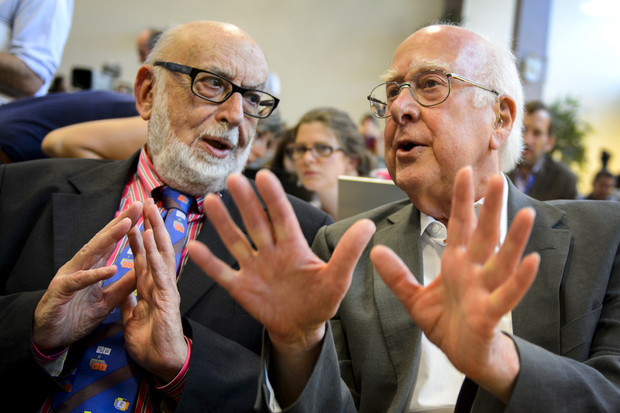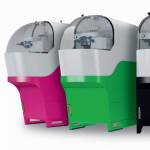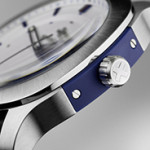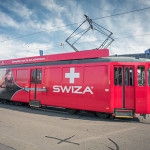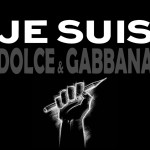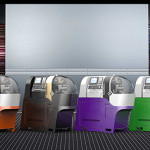Salon EPHJ-EPMT-SMT: l’innovation encore et toujours
Le treizième Salon EPHJ-EPMT-SMT s’est tenu à Palexpo Genève en juin dernier. Plus important salon professionnel annuel de Suisse dans le domaine de la haute précision, de la sous-traitance en horlogerie-joaillerie, des microtechnologies et des technologies médicales, il s’impose comme une référence internationale.
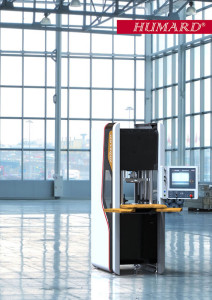
La nouvelle presse hydraulique de haute précision HUMARD HU6, de la société HUMARD Automation conçu par Sardi Innovation.
Maintenant bien installé à Genève depuis trois ans après dix éditions organisées à Lausanne, le Salon EPHJ-EPMT-SMT n’a cessé de se développer tant en nombre d’exposants que de visiteurs. Les fournisseurs de l’industrie horlogère, qui représentent à eux seuls près de 60% des exposants avec près de 500 entreprises disposant d’un stand sur les 825 du Salon, ont tous conscience que les salons professionnels représentent la troisième source d’information des entreprises après la presse et internet. L’importance pour la Suisse de bénéficier de tels événements est donc capitale pour lui assurer un impact national et international tant sur le plan économique qu’industriel.
Les créateurs du Salon, André Colard et Olivier Saenger, l’ont bien compris et proposent depuis douze ans ce rendez-vous devenu incontournable, organisé désormais par Palexpo, sous la conduite de Barthélémy Martin, chef de projet. Au fil des ans, de nombreuses innovations ontainsi été présentées dans de plusieurs domaines. Cette édition n’a pas dérogé à la règle avec différentes nouveautés.
Les visiteurs ont pu découvrir une nouvelle matière inédite présentée par une jeune entreprise de Sion, CristalTech. Grâce à une technologie de cristallisation développée par cette société, l’osmium, le métal le plus dense sur Terre, pourra être travaillé par les horlogers-joailliers sous forme de plaques de différentes tailles et épaisseurs ou de tubes de diamètres variables. Encore plus rare que le platine, l’osmium pourrait bien être, dans le futur, le métal précieux utilisé pour la réalisation de modèles haut de gamme.
Dans un tout autre domaine, la société Giroud, basée au Locle, a dévoilé un nouveau système de chassage électropneumatique reproduisant à l’identique le mouvement d’une presse d’horloger manuelle. Ce nouveau concept permet non seulement de maintenir une qualité constante, mais également d’augmenter sensiblement la productivité.
L’entreprise Humard, établie à Delémont, présentait quant à elle sa dernière presse hydraulique de haute précision. D’une capacité de six tonnes, cet outil offre une précision encore jamais atteinte pour une telle rapidité d’exécution.
L’ébavurage, le polissage, le rayonnage ou encore le lissage de surface sont autant d’opérations délicates et particulièrement complexes, voire impossible en raison de la petite taille des pièces. ABC SwissTech, à La Chaux de Fonds, a conçu de nouveaux équipements capables de répondre aux plus grandes exigences. Les médias qui correspondent aux outils nécessaires aux opérations de tribofinition mis au point par ABC SwissTech, de très haute densité, de l’ordre de 20 kg/dm3 permettent d’obtenir d’excellents résultats.
Chaque année, de nombreuses conférences et tables rondes permettent également au public de s’informer de l’évolution de la branche, donnant à ce rendez-vous un intérêt toujours croissant.
De Frédéric Finot
Source: Journal Swiss de l’horologerie

